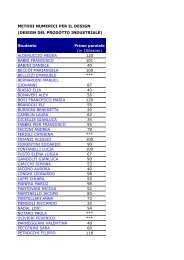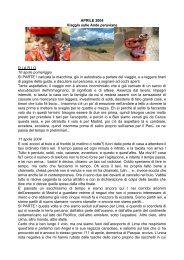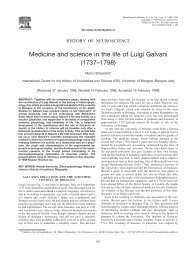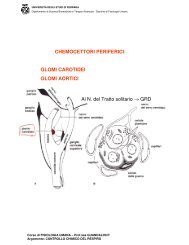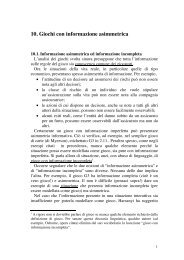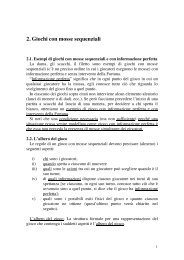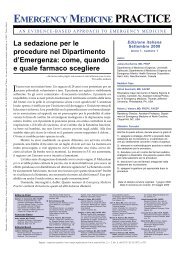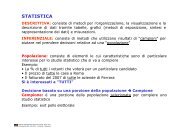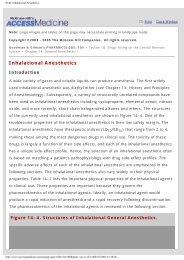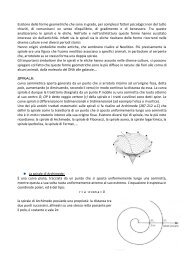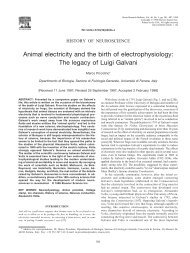Implicit-Explicit Runge-Kutta schemes for hyperbolic systems ... - utenti
Implicit-Explicit Runge-Kutta schemes for hyperbolic systems ... - utenti
Implicit-Explicit Runge-Kutta schemes for hyperbolic systems ... - utenti
You also want an ePaper? Increase the reach of your titles
YUMPU automatically turns print PDFs into web optimized ePapers that Google loves.
Lemma 1 If all diagonal element of the triangular coefficient matrix A that characterize<br />
the DIRK scheme are non zero, then<br />
Proof:<br />
In the limit ɛ → 0 we have<br />
lim<br />
ɛ→0 R(U i ) = 0.<br />
i�<br />
aijR(U j ) = 0, i = 1, . . . , ν.<br />
j=1<br />
Since the matrix A is non-singular, this implies R(U i ) = 0, i = 1, . . . , ν.<br />
Remarks<br />
• As a consequence the vectors of c and ˜c cannot be equal. In fact ˜c1 = 0 whereas<br />
c1 �= 0. Note that the condition c = ˜c is commonly used by several authors since it<br />
simplifies the analysis of the <strong>schemes</strong>.<br />
• If c1 = 0 then the corresponding scheme may be inaccurate if the initial condition is<br />
not “well prepared”. In this case the scheme is not able to treat the so called initial<br />
layer problem and degradation of accuracy in the stiff limit is expected.<br />
Theorem 1 If det A �= 0 then in the limit ɛ → 0, the IMEX scheme applied to an <strong>hyperbolic</strong><br />
system with relaxation becomes the explicit RK scheme characterized by (Ã, ˜w, ˜c) applied<br />
to the limit system of conservation laws.<br />
14



